Apartment story: Sarah Entwistle's family effects at Le Corbusier's Paris abode
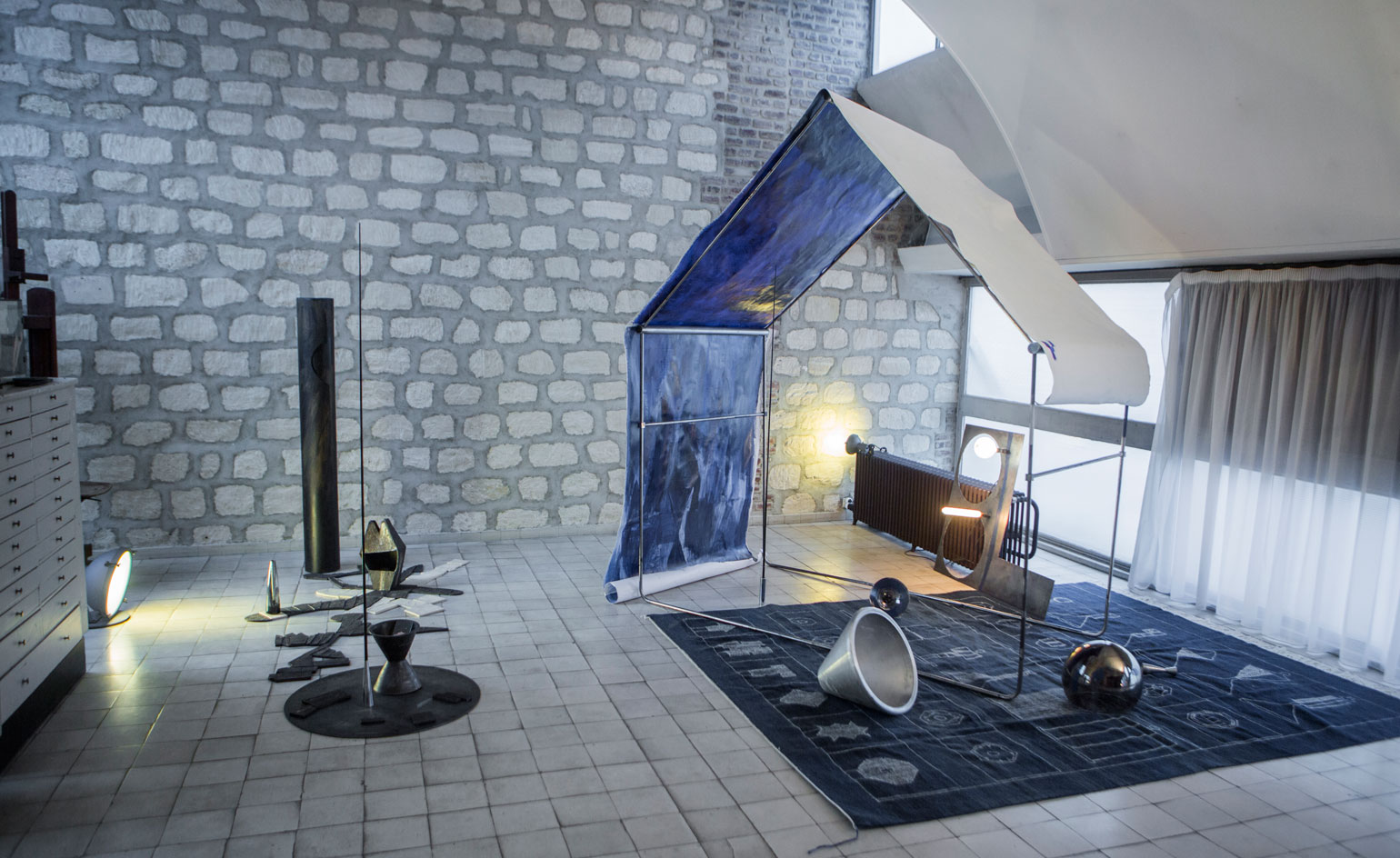
Ordinarily, when visitors arrive at the Le Corbusier's former atelier/apartment in the west end of Paris, they find a space sparsely furnished and even, daresay, abandoned. But from now until early December, artist and architect Sarah Entwistle has staged a collection of assemblages throughout this preserved penthouse, channeling a personal through-line from past to present. The seemingly random compositions of ceramic tile, irregular necklaces, scavenged readymades and metal forms were precipitated by her late grandfather, Clive Entwistle (1916–76), whose ambitious architectural ideas – none ever realised – included unconsummated collaborations with Le Corbusier.
Although the London-based artist never met her grandfather, in 2011 she came into possession of his vast collection of personal effects, which had remained stored away in a Manhattan facility for some 30 years. As Entwistle began processing the photos, letters, floor plans, sketches, annotated books and more, she arrived at the idea of a non-linear 'experimental biography'. (The subsequent tome, Please send this book to my mother, was published by Sternberg Press last month.) Her first solo exhibition in France, meanwhile, triangulates her sense of these two men by eschewing narrative or nostalgia in favour of deconstruction. Which is to say, instead of putting the pieces together, she has broken them down into unreadable – albeit visually striking – sculptural formations. Against one wall of the apartment’s living area, an iron frame serves as an altar-type base for a grouping of ceramics and offcut light bulbs she found by chance. ‘In architectural terms, offcuts are discarded elements, so to bring out the potential and the energy in these pieces that were essentially in a yard somewhere was exciting,’ she says. ‘An archive is like an offcut of ideas not realised.’
Still, the artist makes clear that her expression of elements should not be classified as archival; even when the ideas echo those conceived by the two men, she reintroduces them at different scales or using other media. ‘Everything has gone through some translation for me,' she says, noting how this draws more on an architect’s skills (as when progressing from drafting to building) than a historian’s. 'Initially, I felt a need to put Clive out there, yet I wanted to physically contain him in the book because this is my space... I’m not being reverent to these two men.’
In fact, when Entwistle did enlist help creating certain elements – two traditionally woven rugs in a deep cyanotype blue hue, glass-blown cylindrical vessels, a welded steel frame – she turned to female artisans and her mother-in-law, which seems even more deliberate in the context of the show’s title, 'He was my father, and I was an atom of him destined to grow into him'. Rather than erecting a model to parallel one of her grandfather’s unrealised proposals (he competed for the Crystal Palace rebuilding in 1946, as well as the Liverpool Cathedral), she made a pleated, papery dress that hangs rigidly from a hanger like a building’s curtain wall. One wood paneled wall is decorated with three necklaces, in which wire threads through engineering parts and erasers.
If the show seems to resist several ideas, it liberally embraces others, namely as the architectural notion of spolia, which re-purposes building materials in new sculptural ways. Visitors may also sense a nod to arte povera. But the artist, who began working on the project a year ago with the support of the Fondation Le Corbusier, says she’s not interested in directing the experience. And when asked about the destiny of the show, she replies, ‘It couldn’t have gone somewhere else first. It needed to find its place here. And probably against wisdom, I don’t feel they are fixed assemblages. I think they have personality.’
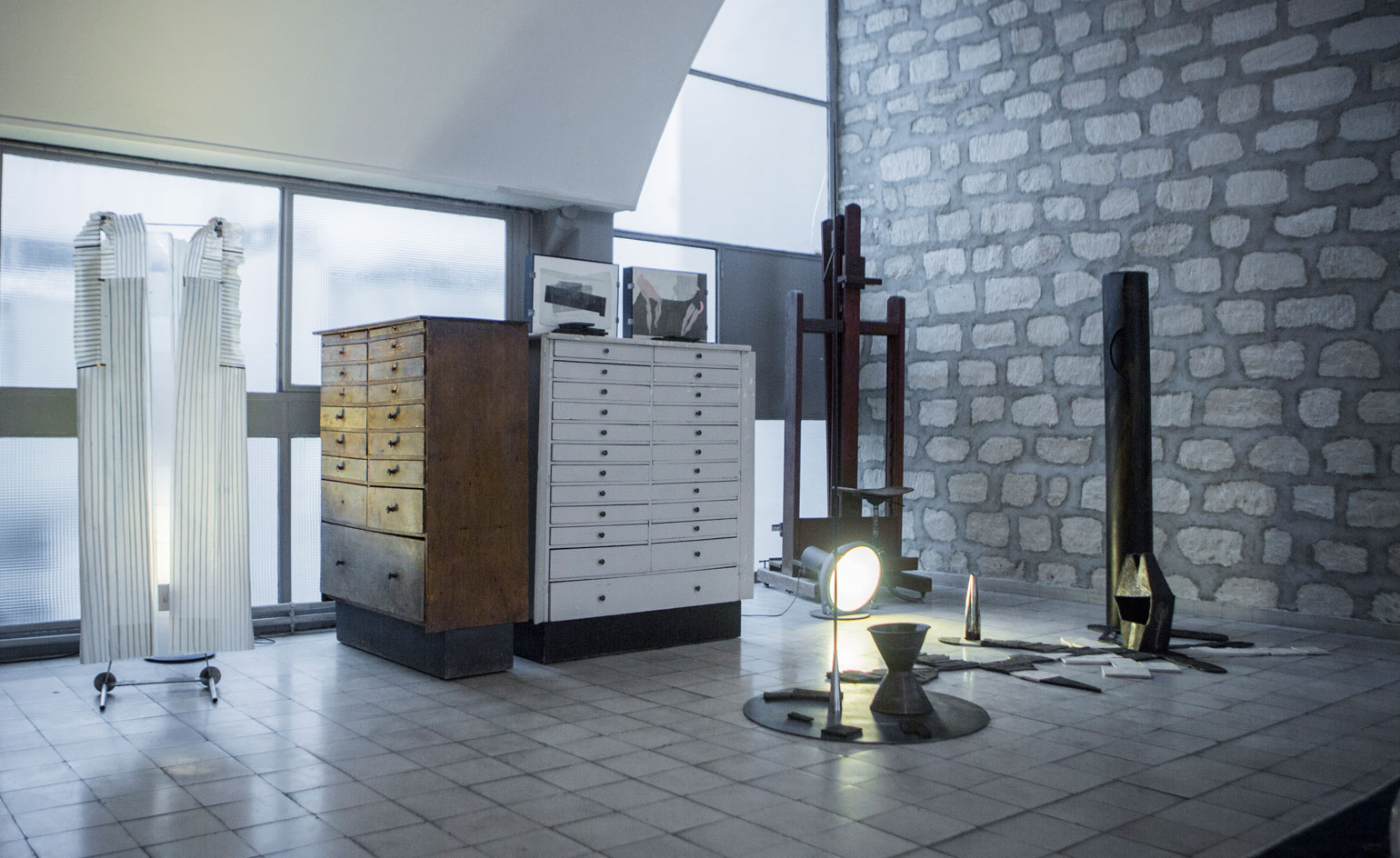
The displays draw heavily upon the writings and relics of Sarah's late grandfather, Clive Entwistle, whose unrealised architectural ideas included collaborations with Le Corbusier
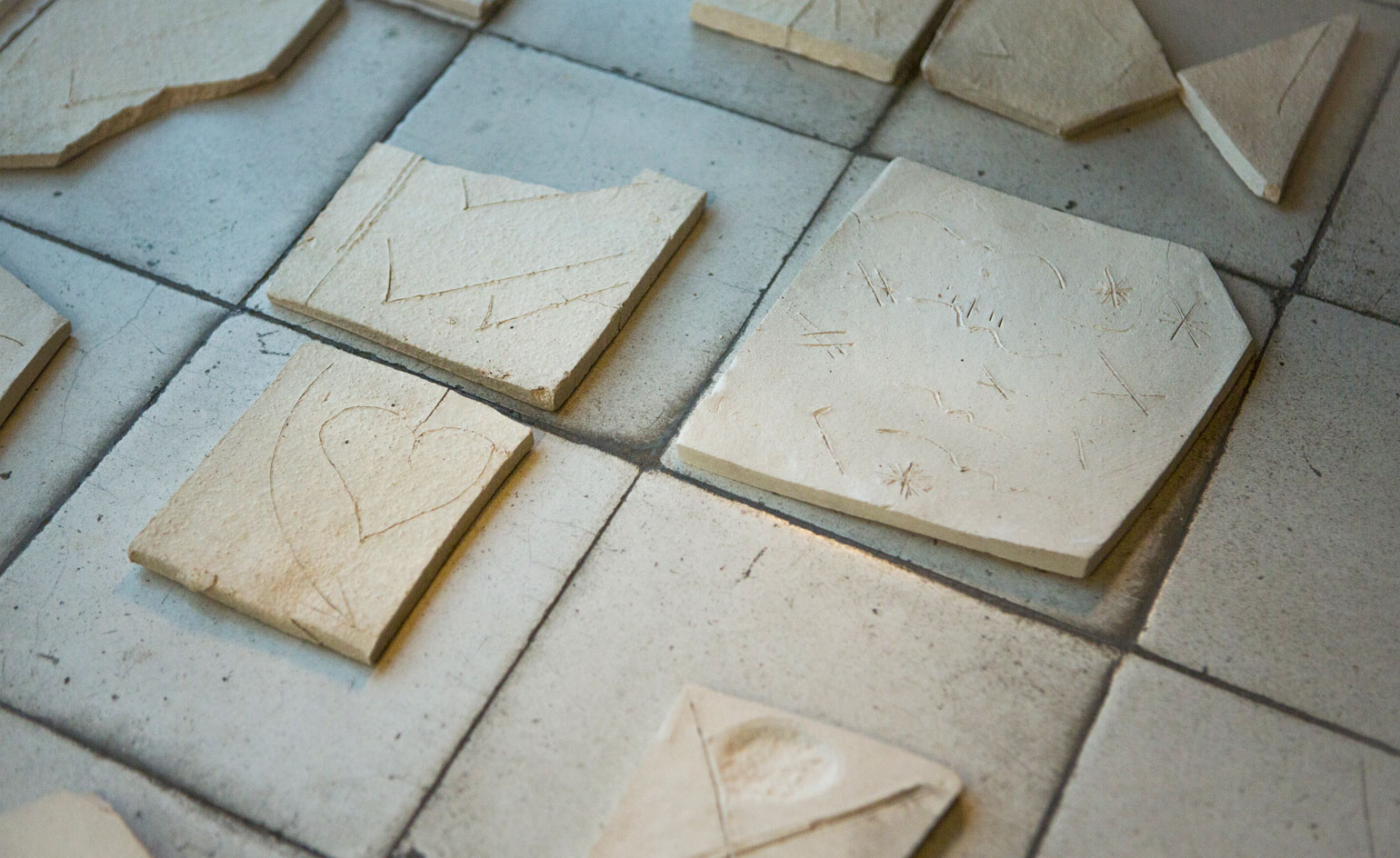
Seemingly random compositions of ceramic tile, draped necklaces and flowing forms are on show

The practise of spolia – of repurposing industrial materials in an artistic way – combines Entwhistle's architectural and artistic strains

Coinciding with the release of her experimental biography Please send this book to my mother, this exhibition is as much of a personal outpouring as a translation of her grandfather's ambitious designs
INFORMATION
’He was my father, and I was an atom of him destined to grow into him’ is on view until 6 December and is open to the public every Saturday and by appointment with the artist
Please send this book to my mother, €22, published by Sternberg Press
ADDRESS
Studio-apartment Le Corbusier
24, rue Nungesser et Coli
75016 Paris
Receive our daily digest of inspiration, escapism and design stories from around the world direct to your inbox.
-
 Sculptor Woody De Othello paints a Miami museum red for a show that ‘almost hugs you’
Sculptor Woody De Othello paints a Miami museum red for a show that ‘almost hugs you’The Miami-born, California-based artist opens his first museum exhibition in his hometown as an experiential journey through life and lifeless objects
-
 Alpine A390 GT: French, fast and fun. A sporting EV with a real sense of occasion
Alpine A390 GT: French, fast and fun. A sporting EV with a real sense of occasionAlpine doubles down on its fast electric credentials with the A390 GT, the French performance brand’s largest car to date
-
 Forget smart homes, Doma's 'intelligent' doors open at the sight of a familiar face
Forget smart homes, Doma's 'intelligent' doors open at the sight of a familiar faceYves Béhar and Jason Johnson have founded Doma, a tech start-up dedicated to seamlessly integrating tech into your daily life
-
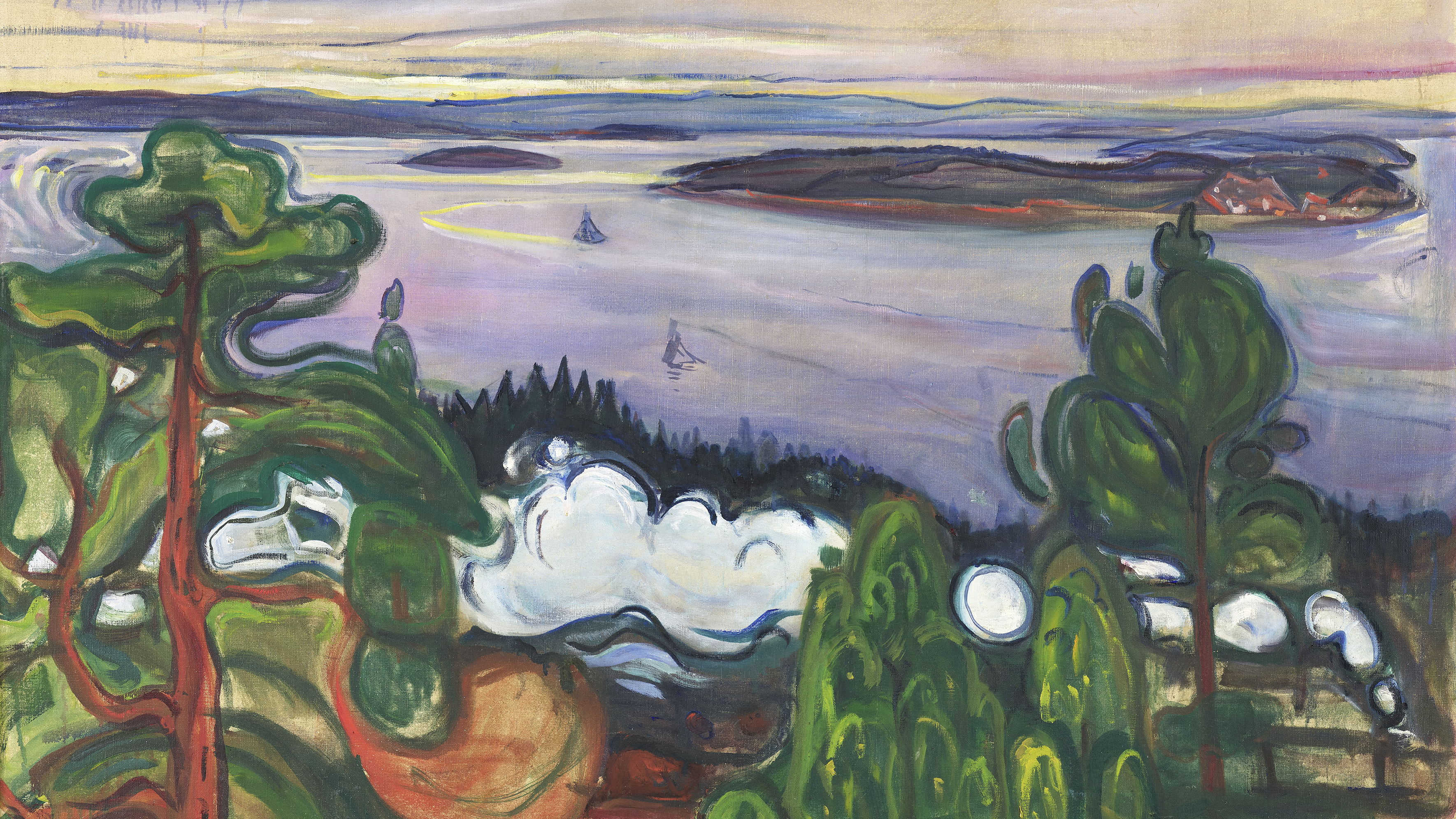 Switzerland’s best art exhibitions to see in 2025
Switzerland’s best art exhibitions to see in 2025Art fans, here’s your bucket list of the standout exhibitions to see in Switzerland in 2025, exploring compelling themes and diverse media
-
 Alex Israel mines Batman lore for Marseille exhibition
Alex Israel mines Batman lore for Marseille exhibitionThe Los Angeles-based artist commandeers the brutalist rooftop of Le Corbusier’s Unité d’Habitation with an homage to the Gotham superhero
-
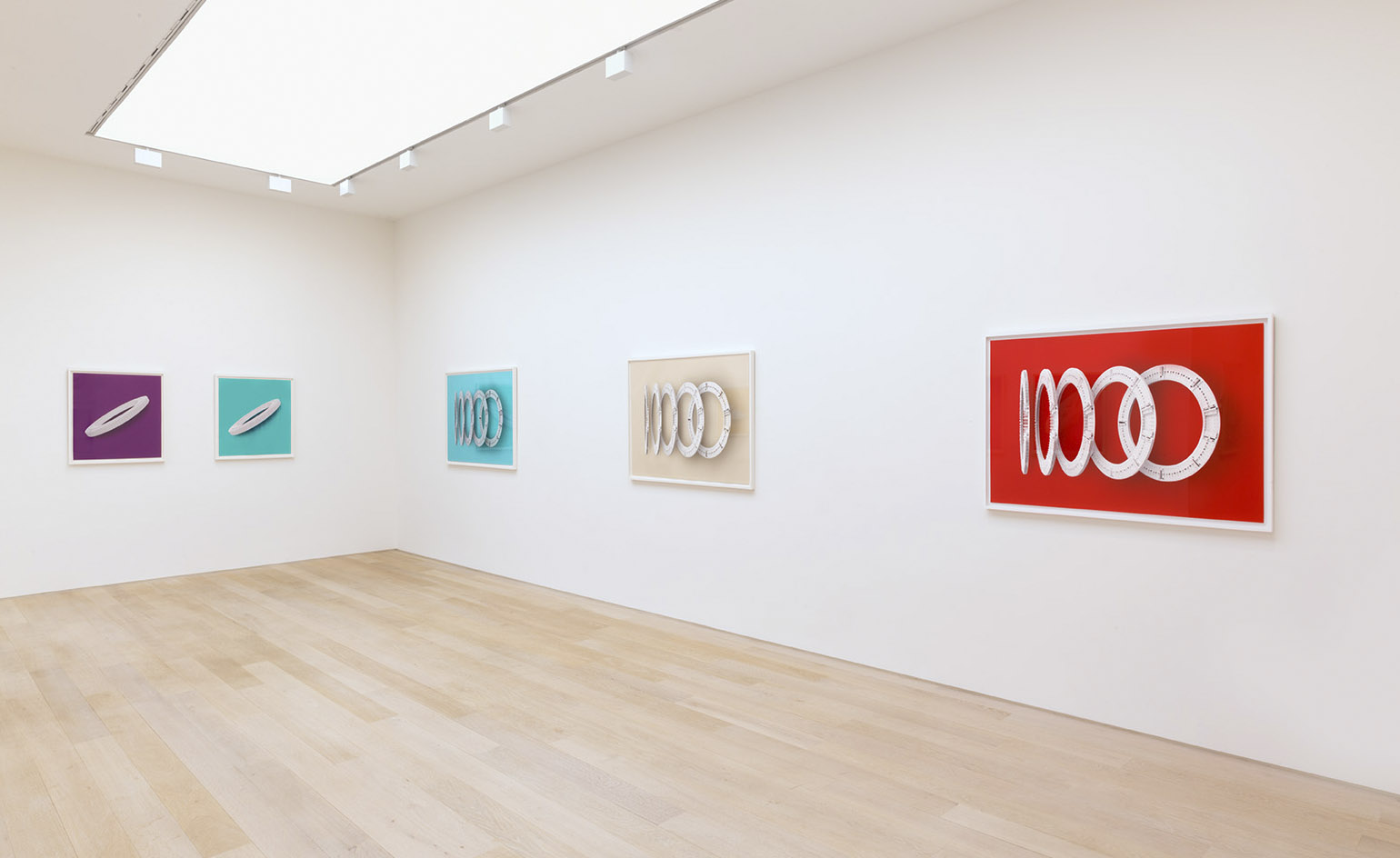 Cyber space: artists Langlands & Bell explore the architecture of tech titans
Cyber space: artists Langlands & Bell explore the architecture of tech titans -
 White city: the remarkable history of Bauhaus in Tel Aviv
White city: the remarkable history of Bauhaus in Tel Aviv -
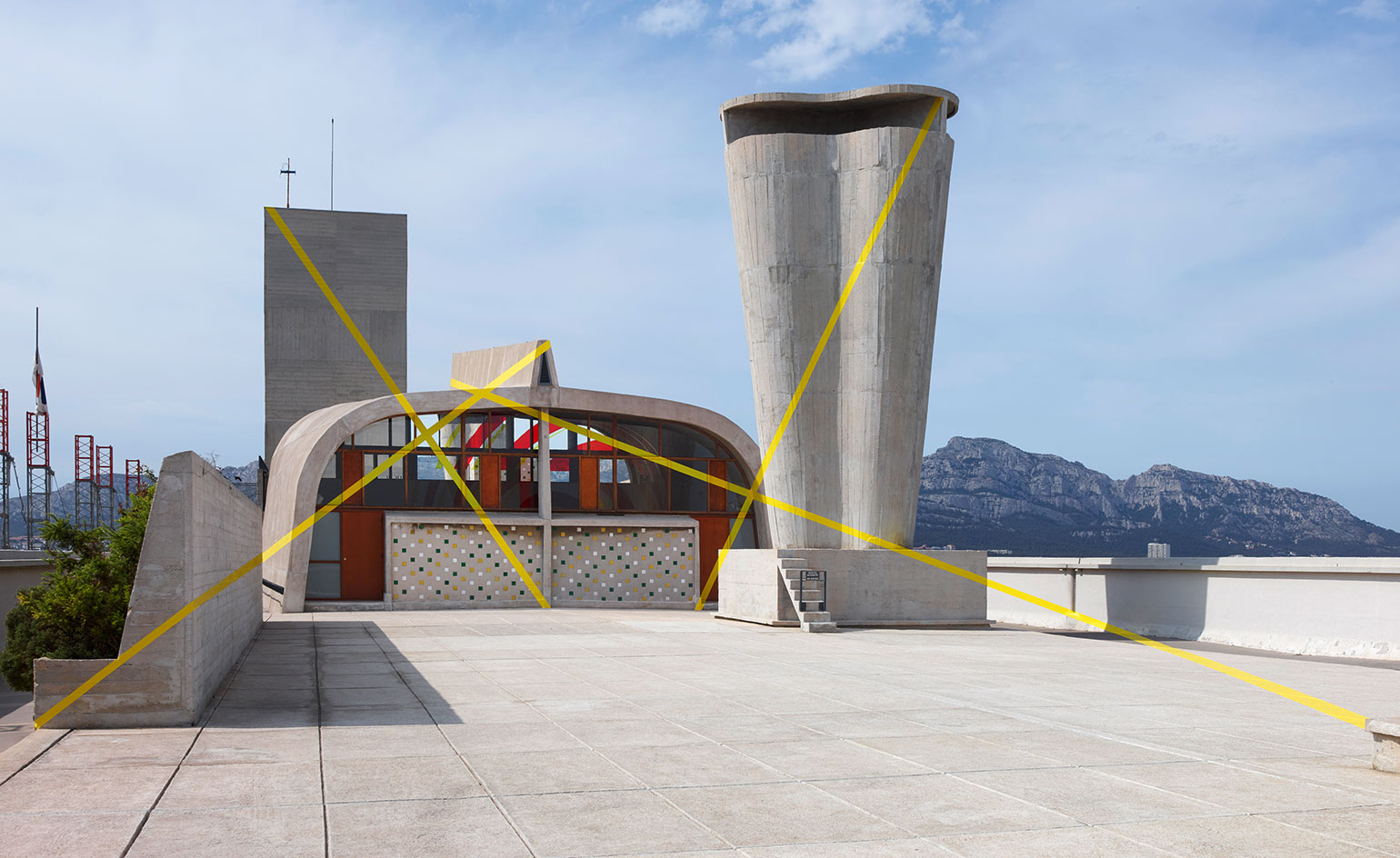 À Ciel Ouvert: Felice Varini transforms the MaMo into a series of optical illusions
À Ciel Ouvert: Felice Varini transforms the MaMo into a series of optical illusions -
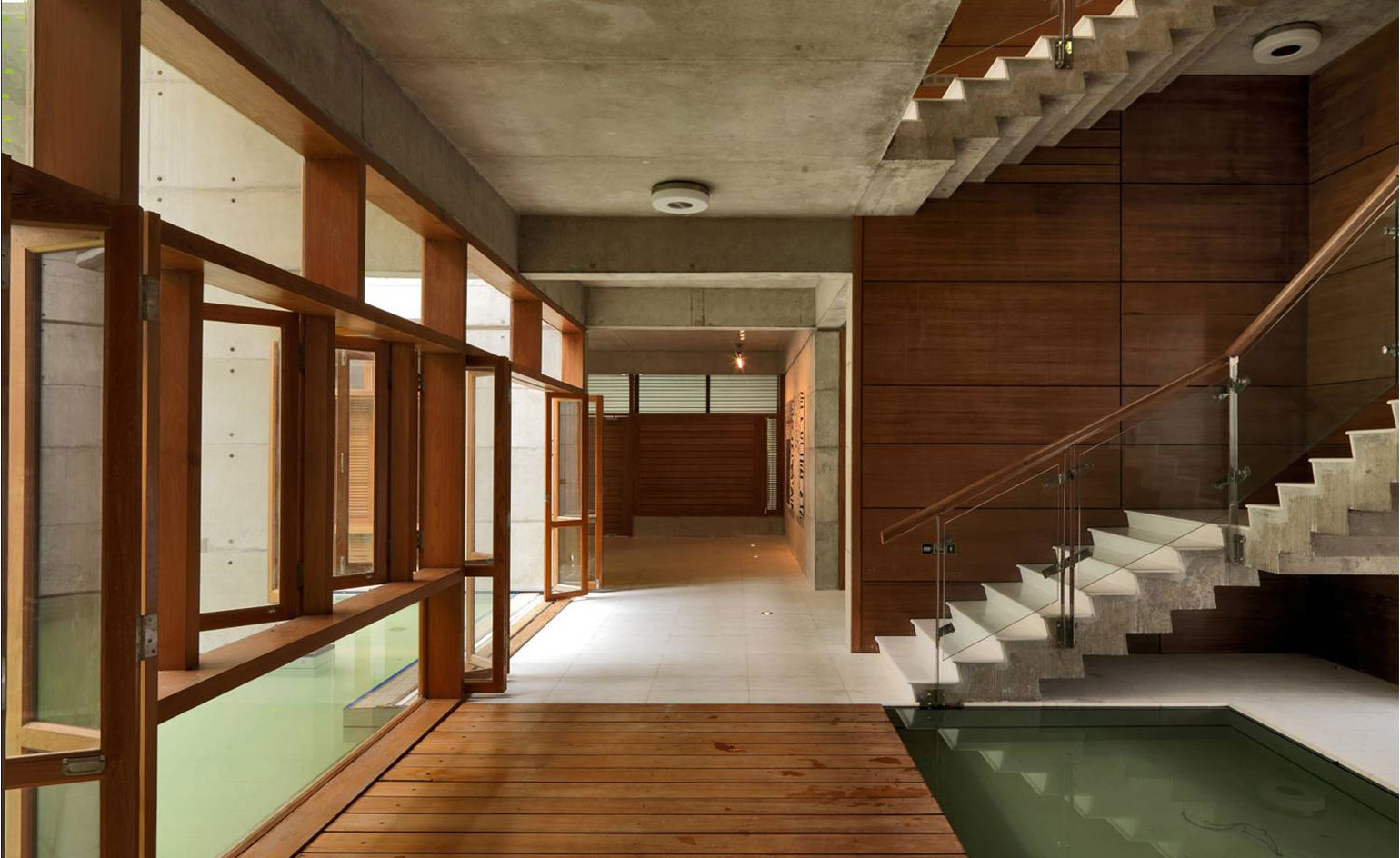 A legacy of Bangladeshi architecture on show at the Dhaka Art Summit
A legacy of Bangladeshi architecture on show at the Dhaka Art Summit -
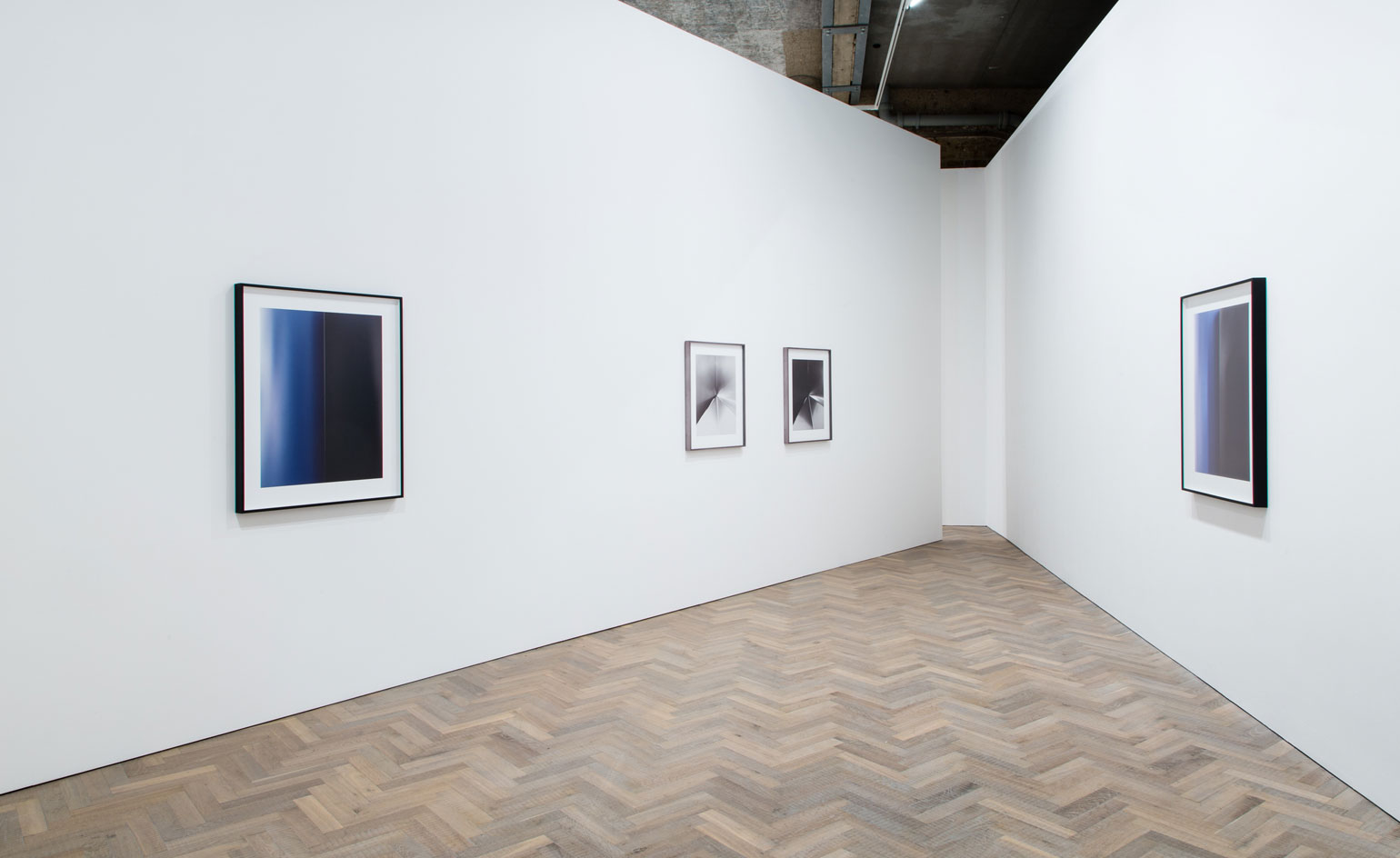 Surreal perspectives of architecture align in a duet of London exhibitions
Surreal perspectives of architecture align in a duet of London exhibitions -
 Frieze Art Fair London 2015: the Wallpaper* edit
Frieze Art Fair London 2015: the Wallpaper* edit